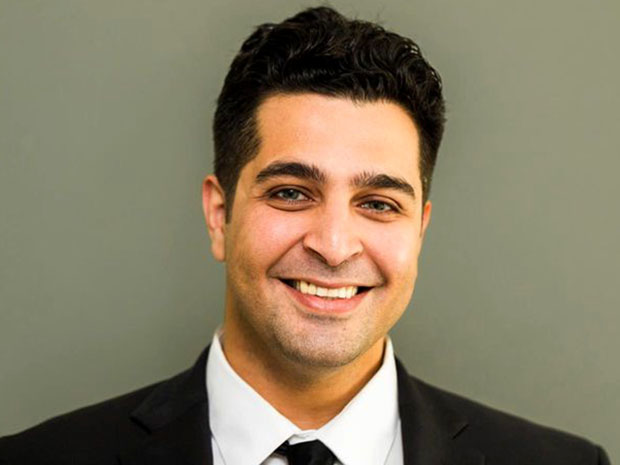Introduction
Section 1202 provides shareholders an opportunity to exclude some or all of the gain they realize from the sale of qualified small business (QSB) stock held for more than five years if the section 1202’s detailed requirements are met. In addition to the five-year holding period requirement, the stock must be issued by the QSB corporation directly to the shareholder, and the aggregate gross assets of the QSB corporation must be $50 million or less at all times from the date of its incorporation through immediately after the issuance of the stock for which the gain exclusion is sought. Further details regarding section 1202’s requirements and benefits can be found in our article, Understanding the qualified small business stock gain exclusion.
The recent U.S. Court of Federal Claims decision in Ju v. United States illustrates that section 1202’s requirements require careful adherence. The court ruled that the taxpayer bears the burden of proof to demonstrate that the aggregate gross assets test is satisfied. Further, the court rejected the taxpayer’s claim that he owned some of the QSB stock before he actually received the stock. For stock with the taxpayer’s earlier ownership claim rejected, the taxpayer could not meet section 1202’s five-year holding period requirement.
The issues and rulings
Dr. Ju, the taxpayer, developed several patents while employed by the University of Oklahoma, which the university then licensed to a company called Selexys in exchange for Selexys stock. A dispute between Dr. Ju and the university arose. The parties settled the dispute in 2015. The settlement instructed Selexys to reissue to Dr. Ju some of the shares that it had previously issued to the university, which Selexys did. About 18 thousand shares had been issued to Dr. Ju in 2003, and the 2015 settlement provided Dr. Ju with another 53 thousand shares.
In 2016, Dr. Ju sold his Selexys shares, realizing capital gain. Dr. Ju originally paid tax on that gain, but later filed for a tax refund claiming that his sale of Selexys stock was eligible for the section 1202 gain exclusion. In the ensuing tax litigation, both Dr. Ju and the government requested via a summary judgment motion that the court rule in their favor. The court rejected the taxpayer’s motion and partially granted the government’s motion.
With regard to the 53 thousand shares, the court ruled that Dr. Ju did not have ownership of the shares until the settlement was reached in 2015—notwithstanding his legal claim to the shares originating in 2003. He accordingly held the shares for less than two years at the time he sold them in 2016. The court therefore granted the government’s motion of summary judgement with regard to those shares, since Dr. Ju did not meet section 1202’s five year holding period requirement with respect to those shares.
The second issue addressed by the court related to Dr. Ju’s assertion that his stock qualified as QSB stock (relevant to the remaining 18 thousand shares). The court rejected Dr. Ju’s summary judgment motion on this issue and ruled that Dr. Ju had not established that Selexys met the section 1202 aggregate gross asset requirement. Although Dr. Ju had provided financial records from 2009 through 2011 demonstrating that Selexys’ gross assets totaled $2.15 million during that period—which is far beneath the $50 million threshold—the court nonetheless ruled that the financial records constituted insufficient evidence.
The aggregate gross asset test focuses on a company’s gross asset total (generally measured by tax basis) as of and prior to the stock’s issuance date. The stock issuance date for the 18 thousand shares was in 2003, six years before 2009, and a company’s gross assets can fluctuate significantly over that span of time. The court therefore rejected Dr. Ju’s motion for summary judgment and ruled that Dr. Ju would need to present stronger evidence for the court to conclude that the gross assets test was satisfied.
Takeaway
Ju v. United States serves as a reminder that taxpayers looking to exclude gain under section 1202 must carefully document adherence to its requirements. Section 1202 has numerous requirements, so taxpayers looking to exclude gain under section 1202 should consult with their tax advisors. Additionally, taxpayers should maintain records that demonstrate satisfaction of section 1202’s detailed requirements. A failure to retain appropriate financial records may result in ineligibility for the capital gain exclusion.




